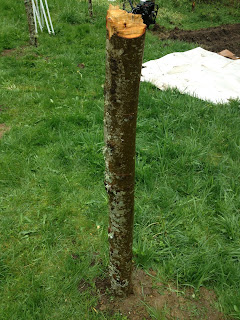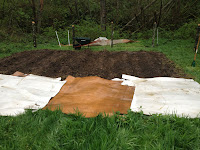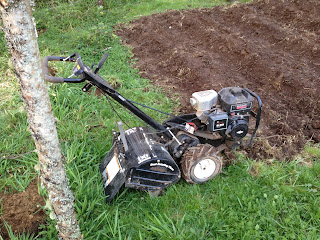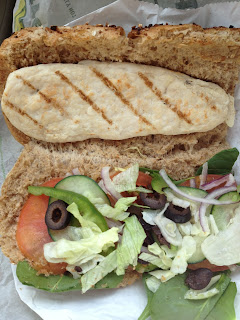Instead of using heavy machinery and expensive equipment, use organic methods to preserve the area and leave minimal impact on the environment. My favorite method of clearing real thick brush is to use goats.
Hungry hungry hip..Goats?
Goats can clear thick brush at a very fast rate and only leave behind lit nuggets of fertilizer in the form of poo pebbles. So clearing the land, also puts the nutrients back into the land instead of disturbing it. This is a natural way to clear out think brush and should be taken advantage when possible. That's the other nice part about goats, they can go anywhere!
 Agile Experts
Agile ExpertsGoats are native to mountainous regions and would spend the majority of their lives of cliff sides standing next to hundred foot drops, but their amazing balance, agility and specialized footings keep them surviving. This makes goats especially useful when they area needing to be cleared is inaccessible to machinery or is too steep for workers.
Of coarse you could go the standard route of using clippers, heavy duty weed eaters, or a back hoe. Why waste the time and effort when you can simply build an fence and let nature do the work for you.












